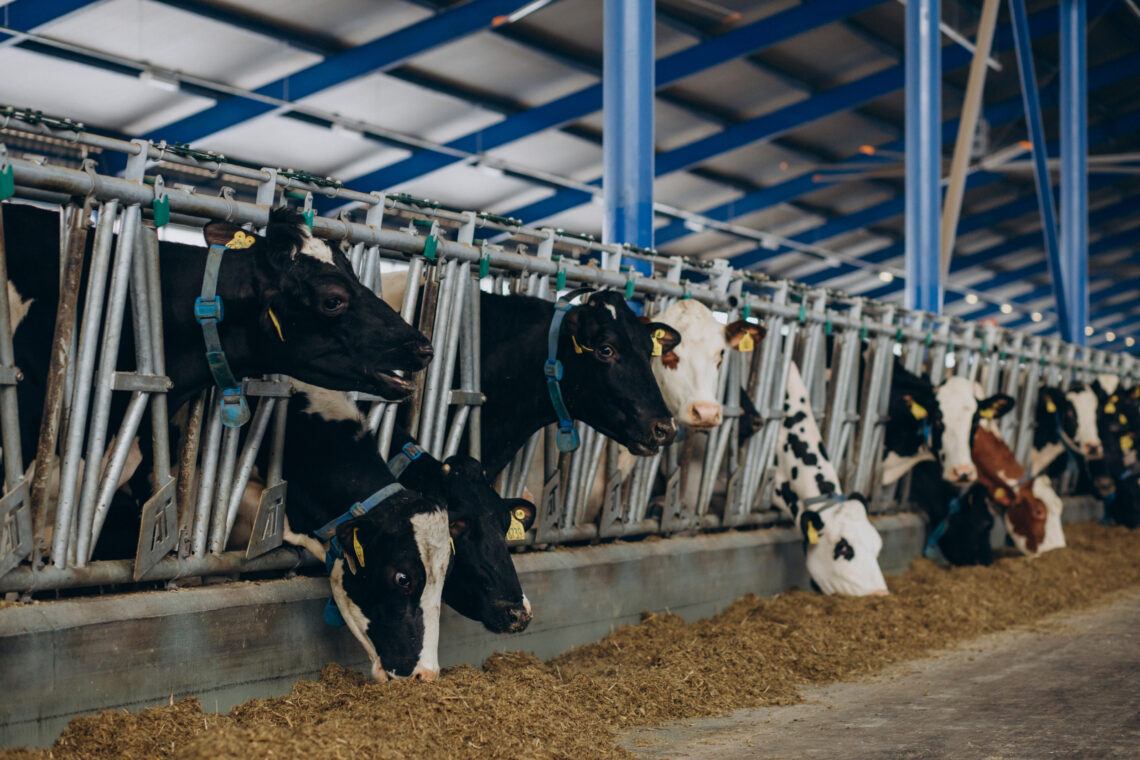Health authorities in Texas have confirmed a human case of bird flu, with the patient having direct exposure to cattle. This is the second human case of avian influenza in the U.S. and the first one tied to a recent outbreak among dairy cows in Texas.
Avian influenza A (H5N1) is a rare flu virus typically found in wild birds, which has the potential to spread to domestic birds and sometimes to humans, although human-to-human transmission is very rare. In humans, the infection can manifest as mild symptoms like eye infection or upper respiratory symptoms, or it can lead to severe illness such as pneumonia, which may be fatal.
The first human case of avian flu was reported in Colorado in 2022, with the patient having direct exposure to infected poultry.
In the latest case, the unidentified patient in Texas was tested for the highly pathogenic avian influenza (HPAI) A(H5N1) virus last week after experiencing redness and inflammation in the eye. The test result turned positive, the Centers for Disease Control and Prevention (CDC) confirmed in a news release Monday.
The patient is in isolation and is being treated with antiviral drugs.
“The patient, who experienced eye inflammation as their only symptom, was tested for flu late last week with confirmatory testing performed by the Centers for Disease Control and Prevention over the weekend. The patient is being treated with the antiviral drug oseltamivir. The case does not change the risk for the general public, which remains low,” Texas health officials said in a press release.
The health risk to humans is generally low. However, officials request people who have unprotected exposure to infected animals to take appropriate precautions.
“This infection does not change the H5N1 bird flu human health risk assessment for the U.S. general public, which the CDC considers to be low. However, people with close or prolonged, unprotected exposures to infected birds or other animals (including livestock), or environments contaminated…
Read the full article here







